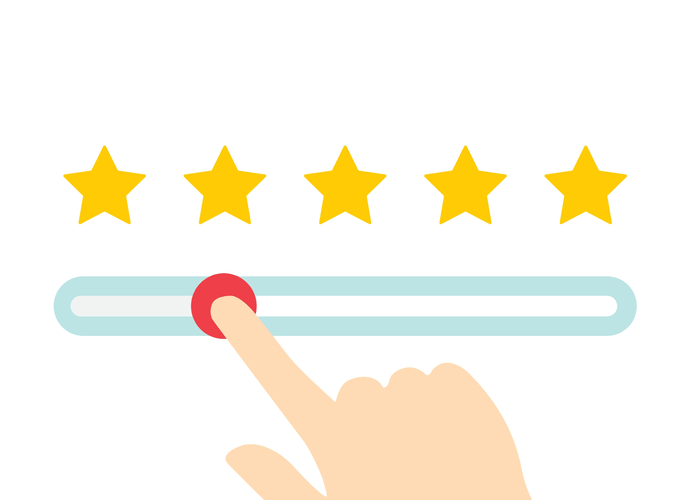Scaling in Business Definition, Importance & Best Practices

In the final stage, businesses must address stagnation or decline. The goal is to innovate or pivot to meet changing market demands and sustain growth. It can be introducing new technologies, exploring new business models, or refocusing on customer needs. Scaling takes investment, whether it’s in hiring, technology, inventory, or marketing. Having access to additional funding can help you grow without straining your cash flow.
The differences between scaling and growing a business
![]()
This can increase sales revenue and boost the profitability of the company. While many people would assume that scaling is the best step for any business, there are some important things that you need to consider before you make the leap. In this article, we’ll break down the concept of scaling and provide practical insights on how to scale your business effectively. Two of entrepreneurs’ favorite topics are growing and scaling a business.
The fast lane to building a scalable business

Consider outsourcing non-core functions such as payroll and IT support to specialists who can provide scalable solutions. Investors are more likely to fund businesses that demonstrate the ability to grow revenue while keeping costs in check. It’s a sign of a well-managed company with a solid foundation and growth potential. To stay ahead of the competition, you’ll need to differentiate your product or service and focus on creating a unique selling proposition.
- Adam Hayes, Ph.D., CFA, is a financial writer with 15+ years Wall Street experience as a derivatives trader.
- Another critical factor in scaling a small business is attracting and retaining top talent.
- Would your demos be more qualified if you had a discovery call first?
- To scale sustainably means going in with a plan and being prepared to handle any challenge that’s thrown your way.
- Always factor in variables like seasonality and marketing efficiency to stay ahead of potential setbacks.
- From the initial spark of a startup to the challenges of maturity, we’ll provide insights and strategies to help you navigate these crucial moments.
How to Successfully Scale Your Small Business
- By focusing on these key areas, small business owners can position themselves for sustainable growth and long-term success.
- For example, if you hire more team members to serve more customers, your income may increase, but so will your payroll costs.
- It is a strategic move that enables you to take advantage of new opportunities and stay ahead of the competition.
- Today, they’re earning over $100 million with a nimble team of just 136 people.
- Focusing too much on turning a short-term profit without putting the required energy into your product or service offering can be detrimental.
- As well as automation software, you’ll need scalable comms for internal and external conversations.
- Here, businesses may experience rapid growth as they gain market traction.
This provides data-backed proof your customers realize the benefits of using your product — and want https://www.bookstime.com/ to use it more. These risk reducers show investors customer success is proof of greater market potential. Often, once a business finds product-market fit, they immediately hire 10 salespeople to grow the company. But this skips several important growth phases and can permanently stunt company performance. Whether hiring an agency or an employee, you should consider where you most need help.
- Get organized and create systems and processes to help you run your business more efficiently.
- Once you understand what you’re looking for, you can start sourcing candidates through job postings, employee referrals, and networking events.
- Monitor metrics such as customer acquisition cost, lifetime value of a customer, and operational efficiency.
- Quick wins might boost immediate revenue, but they can cause businesses to overlook the infrastructure and strategy needed to support sustainable expansion.
- At first, you manage everything yourself, but as demand grows, you realize you need help.
It makes sense to choose a unified platform (like Dialpad) with all those tools in one place. You don’t have to toggle between different apps, and teams can work from anywhere since everything’s stored in the cloud. As well as automation software, you’ll need scalable comms for internal and external how to scale a business conversations. Team members need group messaging, task assignment, and file-sharing—and your customers and stakeholders will want the convenience of communicating across various channels.

The Significance of a Stable Customer Base in Scaling
Without a flexible cost structure or the right financing, that’s nearly impossible. Harvard Business School Online’s Business Insights cash flow Blog provides the career insights you need to achieve your goals and gain confidence in your business skills. Lily Hulatt is a Digital Content Specialist with over three years of experience in content strategy and curriculum design. She gained her PhD in English Literature from Durham University in 2022, taught in Durham University’s English Studies Department, and has contributed to a number of publications. Lily specialises in English Literature, English Language, History, and Philosophy.
Scaling Your Business: What Does It Mean and How to Do It?

This should give you a fully budgeted roadmap for moving forward and allow you to plan enough time for fundraising. “Our strategy is very heavy on influencer marketing, ambassador marketing, and our partnerships, and it’s a very, very time consuming element of the business,” says Katie. Taking that workload off Katie and Amanda means more time back to focus on the core of the business.
Start your free trial with Shopify today—then use these resources to guide you through every step of the process. The subscription model makes it simple to add extra users and features, while paying one monthly fee—and you can integrate existing apps for things like CRM, accounting, and marketing. Essentially, you need the right people, the right tools, and a communication plan to keep everyone aligned even if they’re not in the same office. People often use “scale” and “growth” interchangeably, but although they’re related, they are actually two different things. Talk, message, meet, and support customers—all in one beautiful workspace. It’s an exciting but challenging journey, and having the right mindset is crucial to navigating the complexities that come with growth.
Conclusion: Positioning Your Small Business for Sustainable Growth
The book is interactive, with templates and exercises that readers can apply directly to their businesses. Consider legal and financial challenges since they can affect operations. Stay informed about market conditions to plan for fluctuations in customer demand, ensuring stability. Also, prioritize cybersecurity to protect your data and systems, and address operational gaps through documentation and project planning to avoid issues during transitions and expansions. Entrepreneurs validate their business ideas, establish their brand, and develop their products or services.

 Camiseta Personalizada
Camiseta Personalizada
 CARTELES 100×140 Cms.
CARTELES 100×140 Cms.
 Cuña de radio
Cuña de radio
 Cartel 50unidades A3
Cartel 50unidades A3